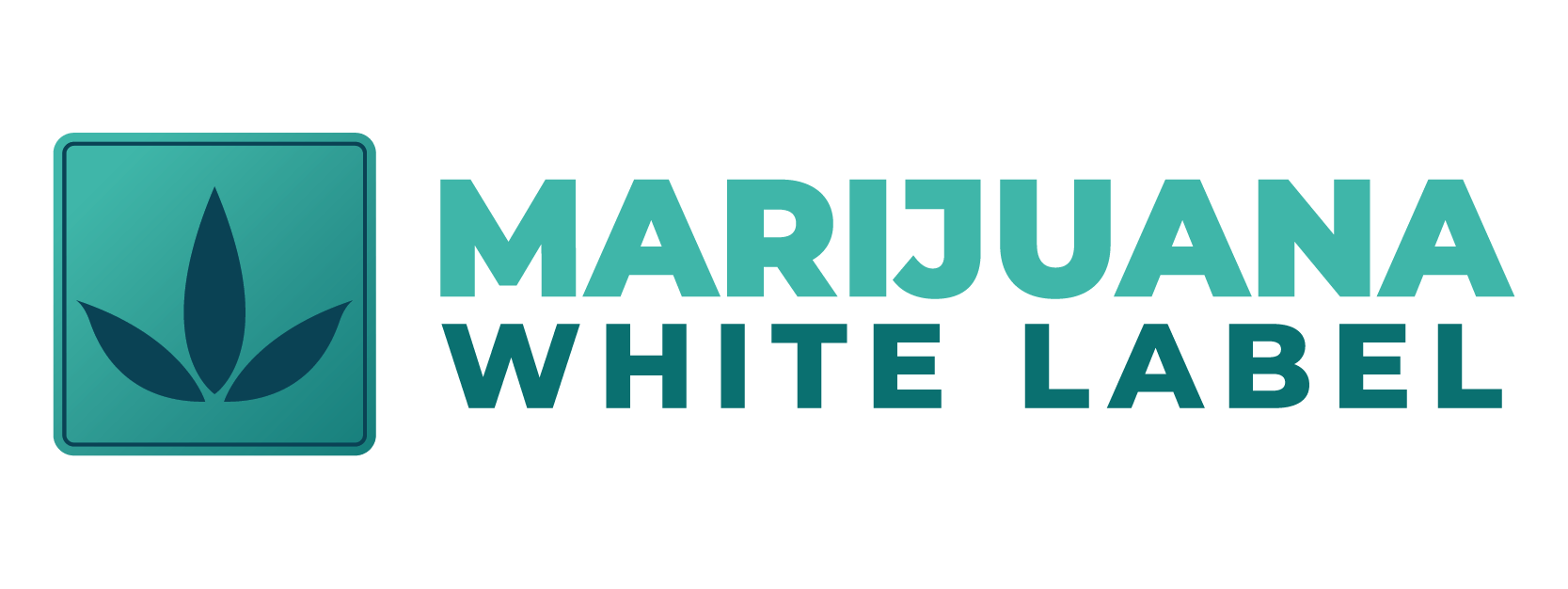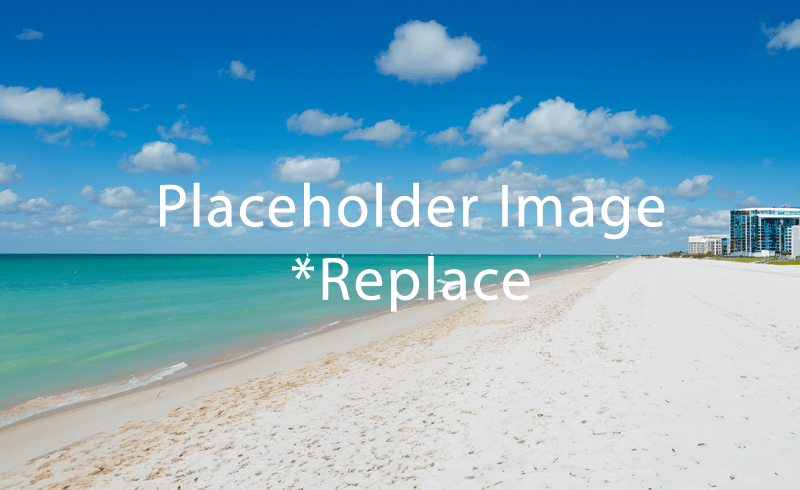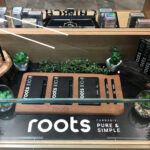Here’s what the data says: white-label (a.k.a. “house brand” or “store brand”) cannabis shows up more on shelves in some states than others—and the pattern isn’t random. It’s strongest where retailers face price compression, oversupply, or operate in vertically integrated markets that make it easy for a store to control production and branding.
Arizona is the cleanest case study. Pre-roll market tallies for 2023 and the first half of 2024 list “House Brand (dispensary-owned)” as the No. 2 seller statewide—behind only Jeeter—demonstrating that retailer-owned products aren’t niche; they’re mainstream in AZ. That type of performance suggests consumers aren’t just aware of white-label cannabis, they’re actively choosing it at the same rate—or higher—than some well-funded national brands.
Why there? First, Arizona expanded adult-use access and even enabled statewide delivery in late 2024, which widened retail coverage and put pressure on price and convenience—conditions where store brands typically thrive. Second, many AZ operators are vertically integrated, letting them spin up private labels quickly and keep margins in-house. For consumers, that translates to affordable pricing and reliable availability, two major drivers of repeat sales.
Oversupplied markets are another magnet for white label. In Washington, a 2025 legislative audit found producers grew two to three times more cannabis than retailers sold in 2023. Surplus flower and extracts give retailers abundant, low-cost inputs—perfect for house-brand lines that can be priced below premium competition. Oregon shows a similar dynamic: record harvests and falling consumer prices have squeezed producers, creating incentives for retailers and co-packers to move volume under value-priced store brands. White-label products in these states serve as both an outlet for excess supply and a consumer-friendly option during an era of declining wholesale prices.
Michigan slots into this story as well. It’s one of the nation’s most price-compressed markets, with wholesale flower often trading for less than half the price seen in states like Illinois or Massachusetts. Local distributors openly promote “house brands” and owned labels, signaling how common private-labeling has become across hundreds of retailers. For stores, offering a house line isn’t just about margin protection—it also creates brand loyalty. Consumers who trust a dispensary to deliver consistent, affordable products are more likely to return, and retailers know it.
Meanwhile, states battling illicit-market competition and heavy taxes often see retailers look to private label to meet price points consumers expect while preserving store-level profitability. Analysts at BDSA note growth varies widely by market, and Whitney Economics highlights how taxation and pricing pressure strain operator profitability—both forces that spur lower-cost, retailer-owned SKUs. In places where consumers are especially price sensitive, store brands are positioned as the accessible alternative to premium labels, keeping sales inside the legal market rather than driving them underground.
What about brand-led states like California and Nevada? Premium names still dominate headlines, but even there, house-brand lanes emerge where co-manufacturers and contract packers make turnkey production easier. Nevada, in particular, has invested heavily in contract manufacturing and packaging, which allows dispensaries to create exclusive labels without the burden of full-scale cultivation. Tourism-heavy markets also push for consistent, affordable “good/better” tiers—classic territory for white label to sit beneath flagship brands without cannibalizing them. California, despite its reputation for top-shelf flower, also has its fair share of value-driven store brands designed to meet everyday needs while leaving the spotlight for celebrity-driven and legacy labels.
Bottom line: It’s a mix across the U.S., but you’ll spot white label most in (1) vertically integrated or retailer-concentrated states, (2) oversupplied, price-compressed markets, and (3) regions where operators need margin relief or sharp price points to compete with legacy supply. Arizona’s pre-roll data is the clearest proof; Washington and Oregon’s supply glut explains the economics; Michigan illustrates how price compression drives house brand adoption; and California and Nevada show how even brand-heavy states carve out space for private-label offerings. Expect the footprint to keep widening as retailers leverage data, co-packing, and menu architecture to balance trusted names on the top shelf with wallet-friendly house brands just below.






